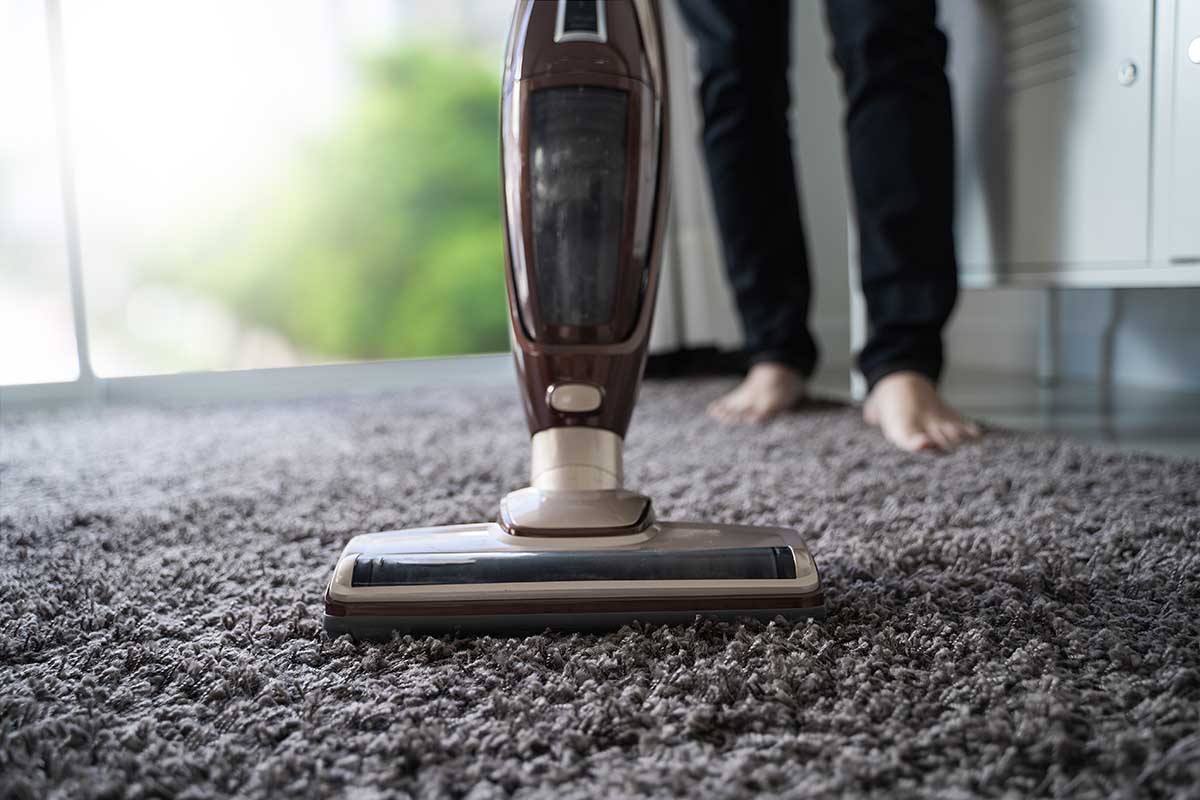Interior design role in business and a house presentation
Color, shape, material, and shade are essential for creating an interior design.
Interior design plays an important role in running a business and a house presentation, so it can be important to seek professional help from an interior designer such as Helen Coulston.
According to the interior design definition, it creates interior decoration of a room and makes people feel comfortable, providing aesthetic enjoyment.
For starters, let us clear up what is an interior design concept.
According to modern furniture Toronto – there is no stable definition of an interior design concept. It may be understood as the main idea of the room’s appearance.
It is the primary plan from which a project will appear and revolve around.
Main design basics such as color, line, mood, shape, and harmony form an interior design concept.
For example, the interior design concept of a child’s room and a laboratory will differ. The function and style of a room will help a designer create an appropriate interior design concept.
It turned out that many interior designs resemble one another in style, character, and combination of color.
Thus, five well-known interior design concepts may be distinguished. These are modern, contemporary, traditional, transitional, and rustic.
Modern
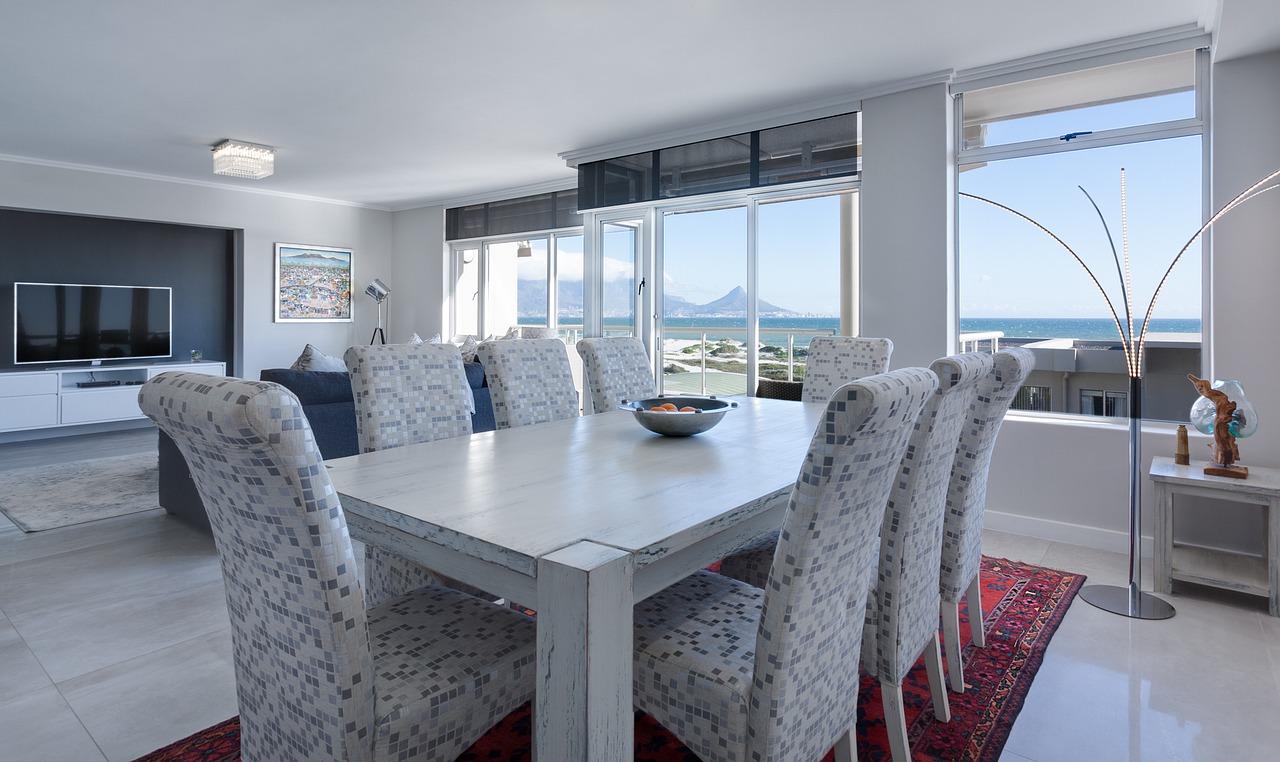
When it comes to the contemporary design concept, lines and simplicity are among the main features.
Geometry is widely used in modern design too. Accessories and furniture may be of oval, triangle, or square shapes.
In modern design, walls are colored in white or beige and shades.
The modern interior design concept uses various materials: wood, plastic, stainless steel, glass, etc. Interior design items may be a combination of materials or be made of strictly one material.
If to compare this design concept with the following ones, you may notice that minimalism is a signature aspect.
Contemporary
The next one is a contemporary design concept. Some tend to speak of modern and modern concepts as one unit.
However, it is to know how to distinguish. The contemporary concept usually works with grey and black colors as ones that contrast to white.
This concept may be masculine, where everything is arranged moderately, and nothing seems to be too much.
The contemporary concept makes use of materials to put you closer to nature.
These are wood and concrete. It is necessary to note that this concept is always changing. What was considered mainstream five years ago now is an old school.
Traditional
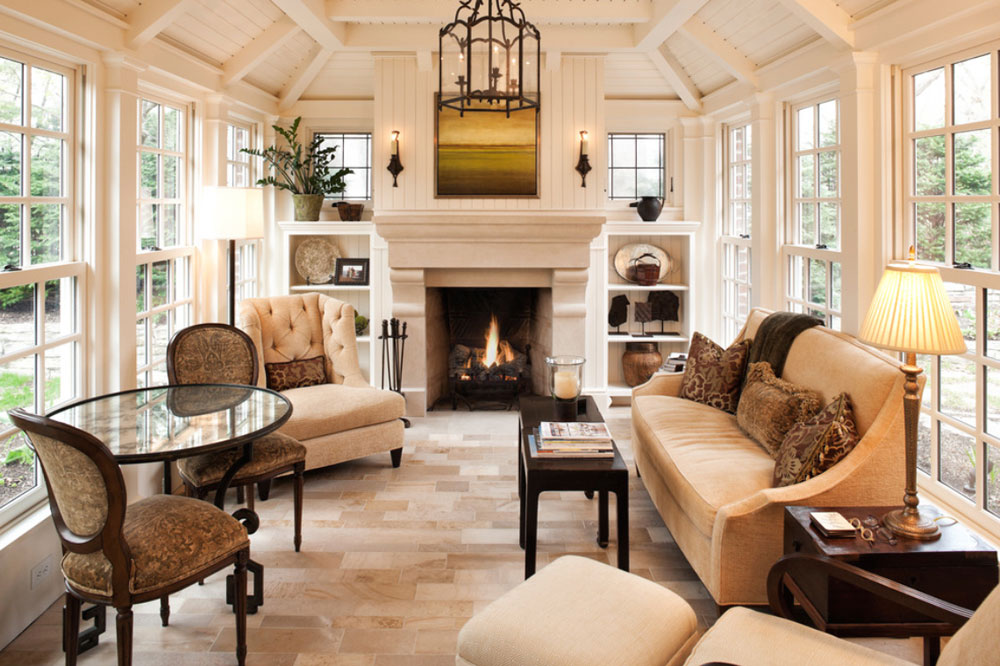
Symmetry is an indispensable part of a classic design concept. It originated in the 18th century and still has some characteristics that define it, among others.
For a traditional concept, it is typically to use colors of a pastel palette and try to combine it with wood.
The main items that describe this design concept are silky pillows and cushions, luxurious beds and lamps, and vases with flours.
Transitional
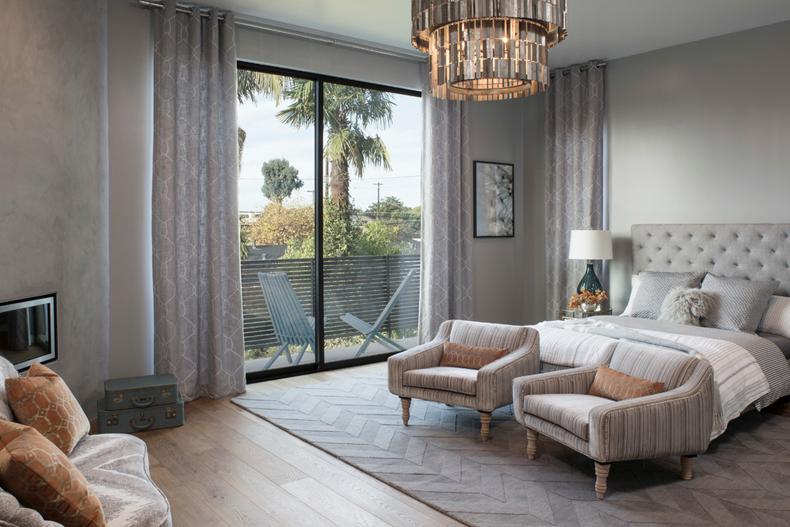
The transitional design concept is a merging of both contemporary and traditional designs.
It contains feminine as well as masculine aspects, which make it much more sophisticated.
Here ivory and neutral colors are used to create a soft and relaxing atmosphere. Furniture and accessories must be glossy and polished, giving more comfort and bringing a room to life.
Modern rustic
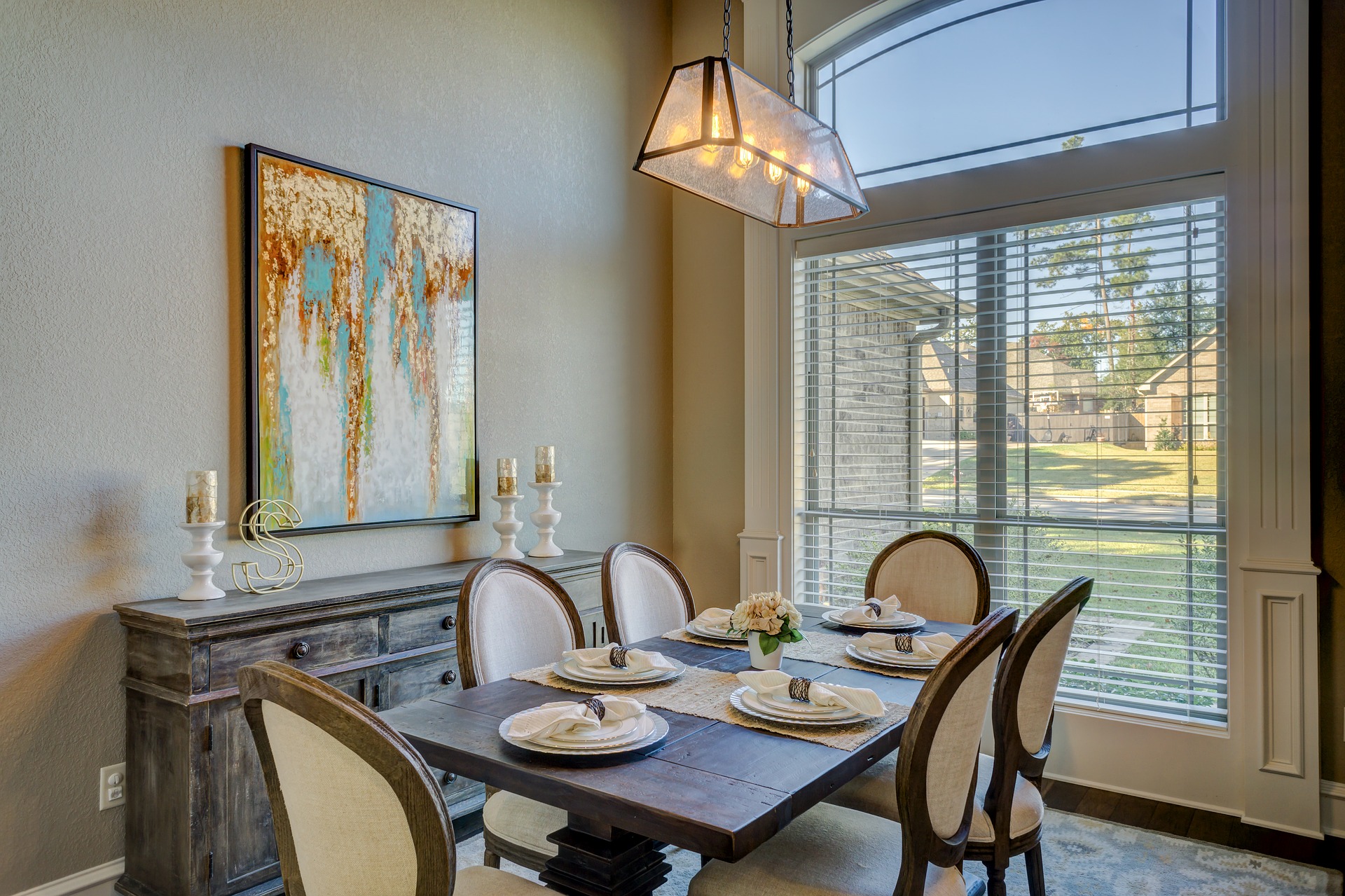
Nature lovers would choose a modern rustic design concept to make a house as natural as possible.
This combines modern and rustic style, which joins current interior items with a material such as wood or concrete.
In this concept, Wood acts not only as an interior element but also as an exterior one.
If an old house has concrete walls and beams, it will definitely leave them rebuilding and modernizing the house’s rest.
Big windows and a view of nature make you feel in harmony with it, while sheepskin and cowskin bring coziness, comfort, and warmth.
There are defined principal points of interior design you should guide when creating a home atmosphere; if you’d like to know more about design, arts, architecture, and much other, check artscolumbia as a great source of knowledge in these fields.
Speaking of key principles, it is necessary to single out seven: unity, rhythm, balance, contrast, emphasis, proportion, and details.
They all require the usage of seven main elements of home interior design: space, shape, line, color, texture, and pattern.
Unity
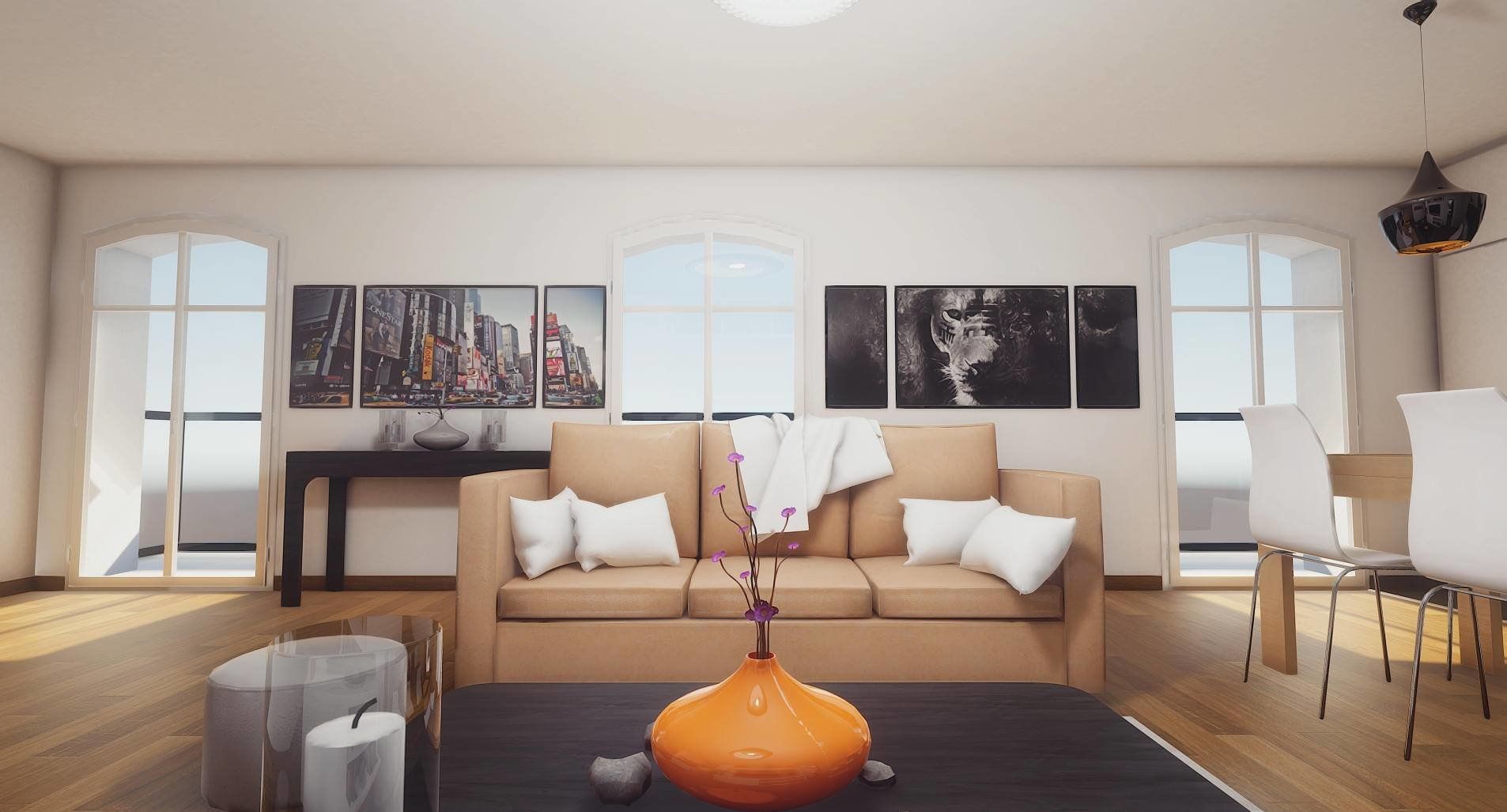
Unity involves the perception of a house as one unit.
All the elements should harmonize with one another, and jumps between them should be vague and invisible.
The resemblance of colors/texture, size of objects, and arrangement show that objects’ similarity is vital to influence and create Unity.
For example, you may choose objects of a triangle and oval forms and use them in their different variations all around the house.
Rhythm
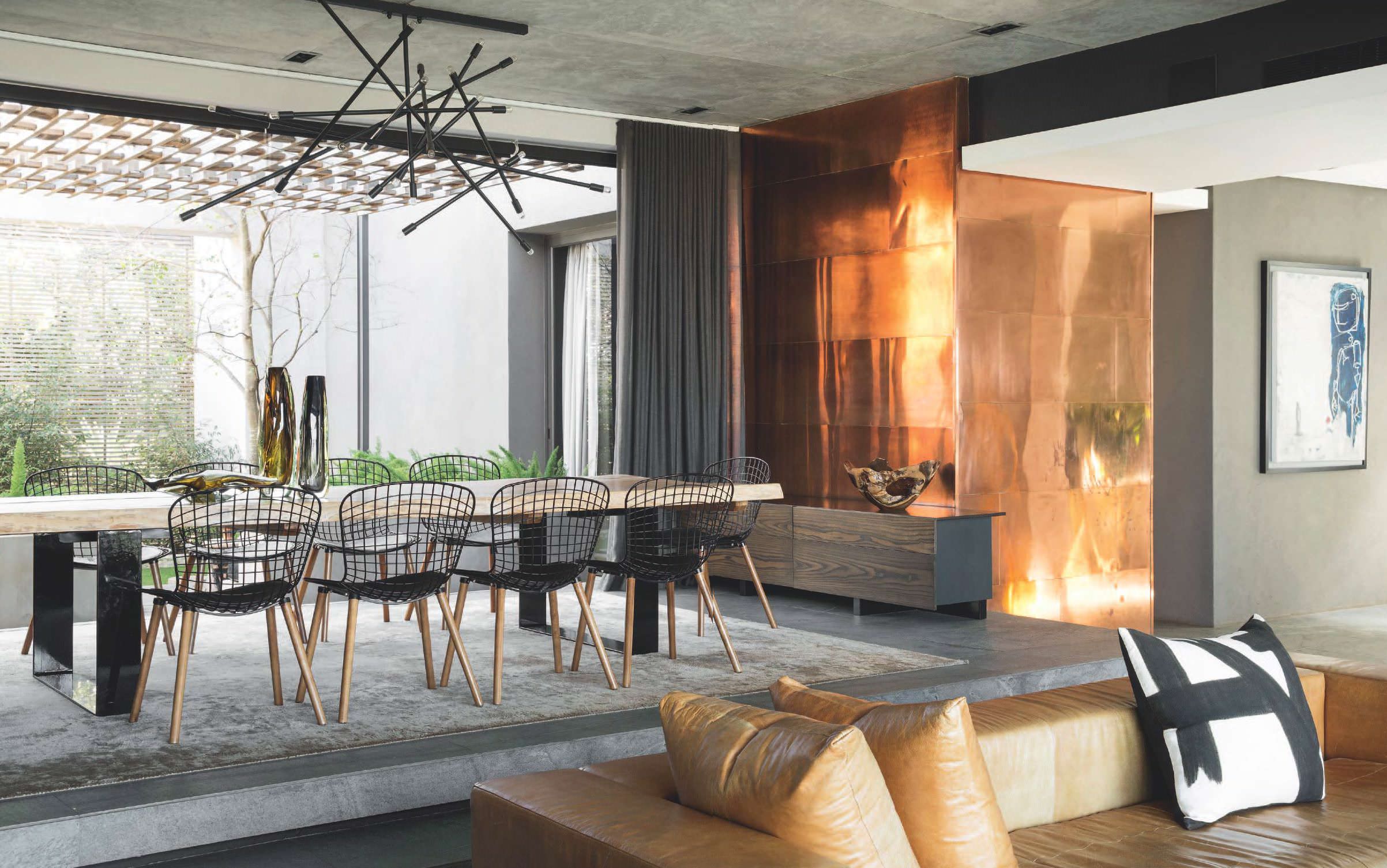
One may feel a rhythm in the house by repetition.
It means you may, for example, choose a color and repeat it at a certain tempo around the room.
It may reflect on walls, accessories, and other interior items.
Details
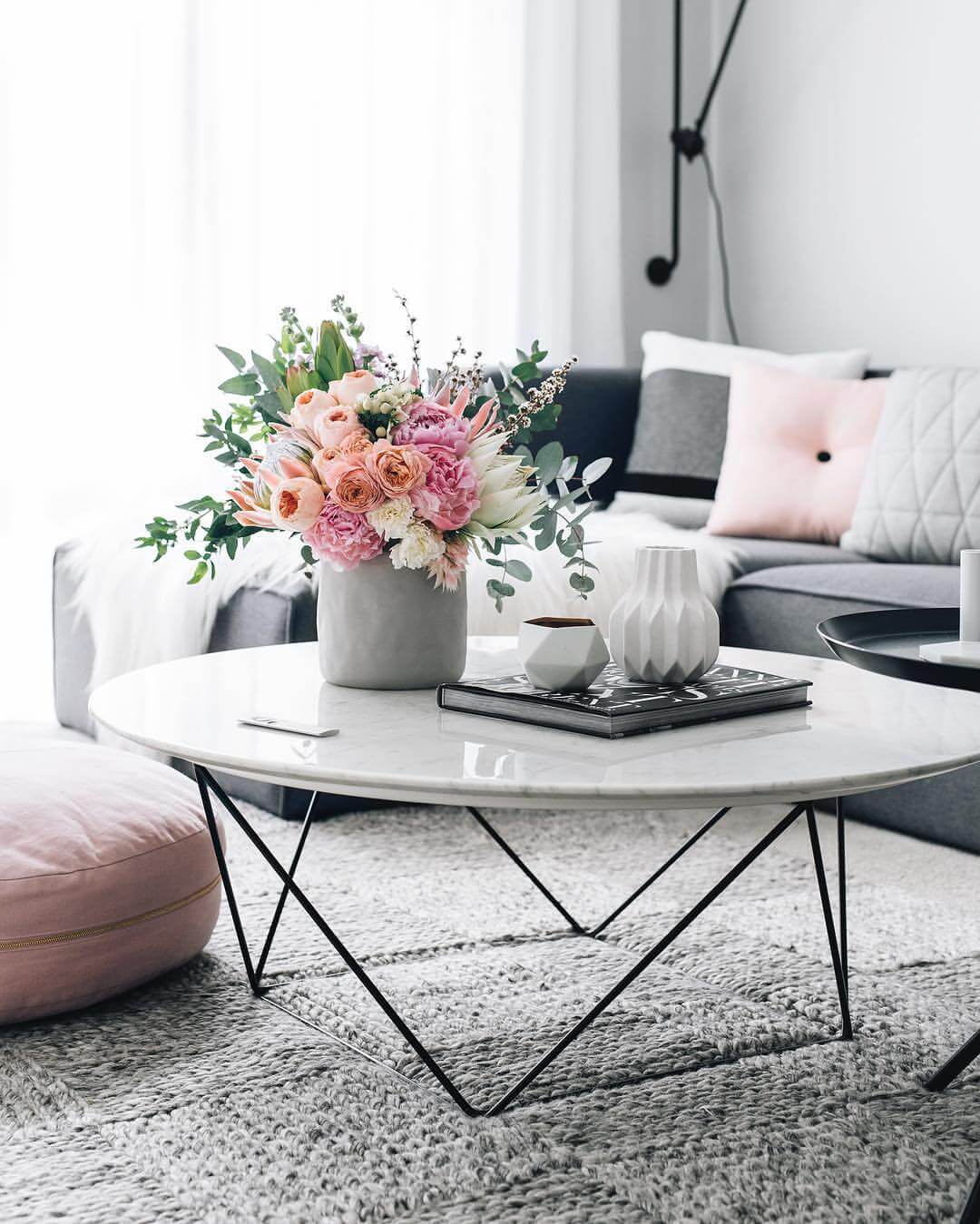
Details add some charm and peculiar feeling to the atmosphere of a room.
These are embroideries on pillows or sofas, vases, color shades and tinges, and other complementary interior items.
Balance
Symmetry, asymmetry, and radiance are vital points when it comes to balance.
Traditional designs are usually based on symmetry when one side of a room correlates with another.
An asymmetric method is much more interesting. Objects, shades, and shapes are not doubled and do not have asymmetrical balance.
And radiance requires a central item, from which all the other radiate across throughout the room.
Contrast
It is the best tool used for avoiding any boredom. Contrast may be achieved by merging opposite colors, geometric forms, and shapes.
For example, you may use a triangle coffee table and round chairs—another way to choose accessories of two colors to contrast.
Emphasis
Emphasis is essential in home design. One should choose an element that would be a central one, and the others would complement it.
For example, you may choose a fireplace, TV set, piano, and picture as a space’s focal point.
An addition of sofa covers Oxford Homeware is recommended. Sofa Cover will both catch your guest’s eye with its marvelous unique designs and prolong the life of your Sofa, protecting it from stains and moisture.
Proportion
Proportion, along with other principles, should be preserved all around the house.
It is closely connected with harmony, which suggests no big-size furniture in a small room.
This article contains essential interior design tips for creating the house interior of your dream.
If you stick to all the rules and principles mentioned above, you will manage to do that.
If you face some difficulties, there is always an interior designer who will help you do a design project.










